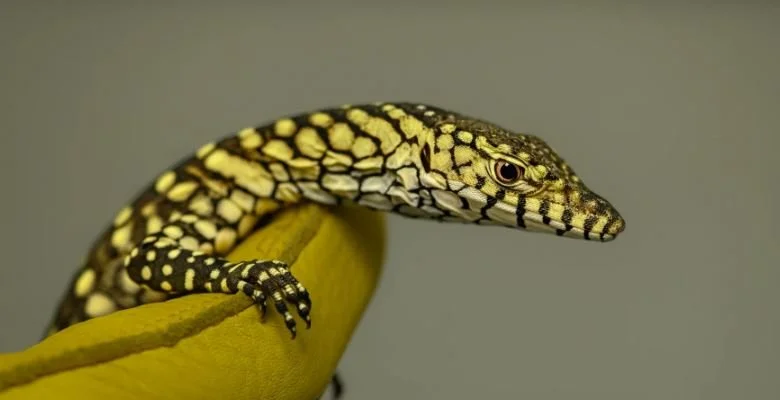Human Assassins Wipe Out the Killer Hornet in the US
It’s been five years since the dreaded “murder hornet” was first spotted in the Pacific Northwest. Ever since, teams of assassins from the US and Washington State departments of agriculture have tracked down and killed the invasive species; this week the agencies declared the killer hornet dead and gone.
The northern giant hornet (Vespa mandarinia) first appeared in British Columbia and Washington state in 2019. It is unknown exactly how the invasives came to the Western Hemisphere, though it is believed they were hidden in cargo containers from their natural habitats, southern and eastern Asia.
The ag departments sent out teams to seek and destroy the intruders wherever they were spotted, including a large nest in Washington that housed hundreds of the beasts, including about 200 queens. The invaders looked about ready to establish an ineradicable foothold, but the humans prevailed. It’s been three years since they’ve seen one of these killers.
The government agencies patted each other on the back for the achievement, but also thanked all the civilians who aided in the effort.
“Without the public’s support for this effort, it is unlikely we would be announcing the eradication of northern giant hornet today,” Sven Spichiger, WSDA pest program manager, said in a statement. “All of our nest detections resulted directly or indirectly from public reports. And half of our confirmed detections came from the public. The people of Washington can be proud that we did this by working together.”
Originally known as an “Asian giant” hornet, the Entomological Society of America changed the name to “northern giant” in 2022 over concerns of promoting anti-Asian bias.
The insect earned its more homicidal nickname because of its particularly aggressive behavior toward other bees. The invasives dispatch scouts to find the nests of honeybees and other pollinators, then deploy their flying armies to kill everything on site and take over the hive.
Although attacks on humans are rare, the 2-inch long insects kill an estimated 50 to 75 people each year. If the US government agencies are correct, that’s not something North Americans will have to worry about.
Photo credit: WSDA
Photo credit: Karla Salp / WSDA








